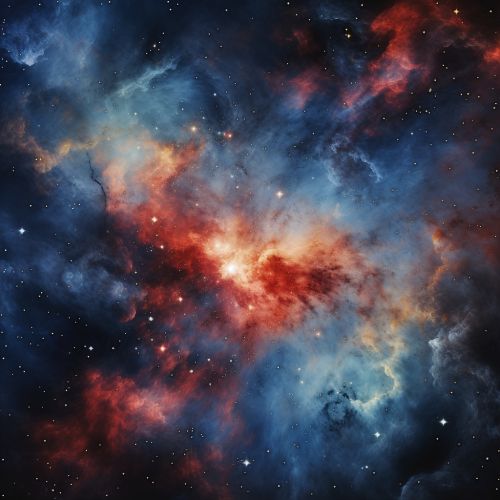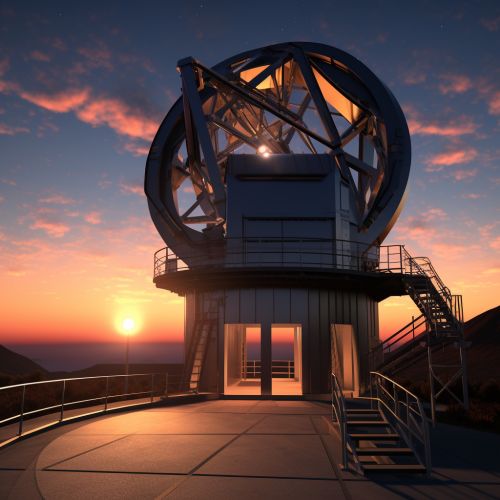The Role of Astrophysics in Understanding the Universe
Introduction
Astrophysics, a branch of astronomy, plays a crucial role in our understanding of the universe. It is the study of the physical properties of celestial objects and the underlying laws of physics that govern these objects and phenomena.


The Universe and Astrophysics
The universe is a vast, complex system of galaxies, stars, planets, and other celestial bodies. Astrophysics helps us understand these celestial bodies, their interactions, and the fundamental laws that govern them. It is through astrophysics that we can comprehend the nature of dark matter, dark energy, and the origins of the universe itself.
The Role of Astrophysics in Understanding the Universe
Astrophysics plays a significant role in understanding the universe. It provides the scientific framework to explain the birth, evolution, and death of stars, the formation of galaxies, and the origins of the universe.


The Birth, Evolution, and Death of Stars
Astrophysics provides the theoretical foundation for understanding the life cycle of stars. From their formation in nebulae to their eventual demise as white dwarfs, neutron stars, or black holes, astrophysics provides the necessary tools to study these processes.
The Formation of Galaxies
Astrophysics also plays a critical role in understanding the formation of galaxies. The study of galaxy formation and evolution is a complex field, involving the interplay of gravity, dark matter, and gas dynamics.
The Origins of the Universe
Astrophysics is instrumental in exploring the origins of the universe. The Big Bang theory, the prevailing cosmological model, was developed using principles of astrophysics.


The Tools of Astrophysics
Astrophysics employs a variety of tools to study the universe, including telescopes, spectrometers, and computer simulations. These tools allow astrophysicists to observe and analyze celestial phenomena, providing valuable data for theoretical models.
Telescopes
Telescopes are an essential tool in astrophysics. They allow us to observe distant celestial bodies and phenomena, providing valuable data for theoretical models.
Spectrometers
Spectrometers are used to analyze the light from celestial bodies. This analysis provides information about the composition, temperature, and velocity of these bodies.
Computer Simulations
Computer simulations are a powerful tool in astrophysics. They allow astrophysicists to model complex phenomena and test theoretical predictions.


The Future of Astrophysics
The future of astrophysics holds exciting possibilities. With advancements in technology and theoretical understanding, we will continue to deepen our understanding of the universe. From exploring the nature of dark matter and dark energy to understanding the origins of the universe, the future of astrophysics promises to be a journey of discovery and understanding.


